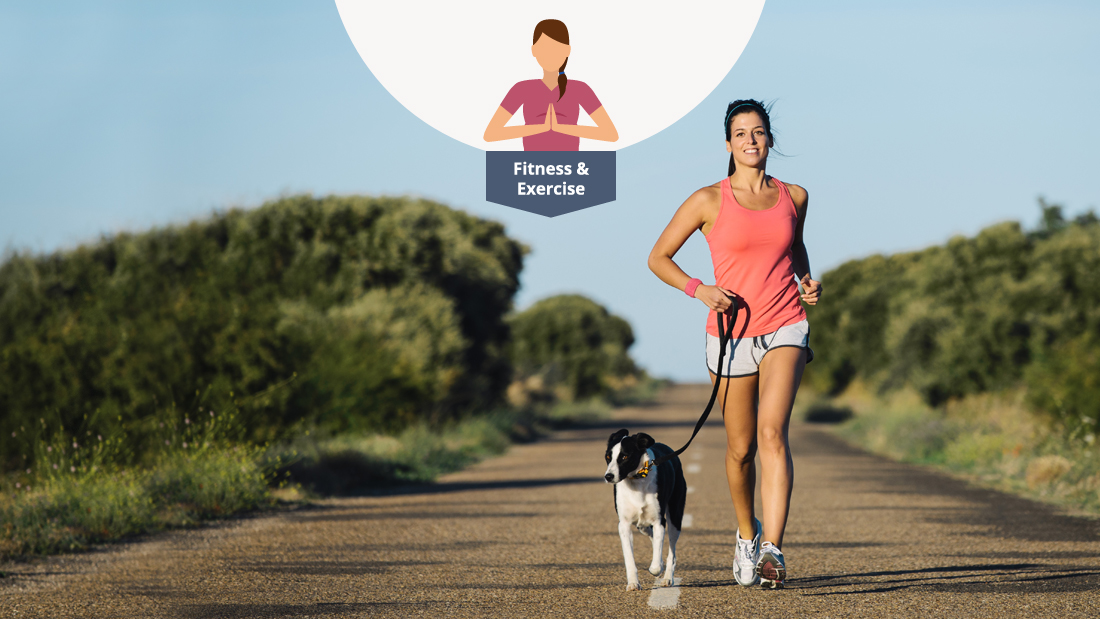
How to safely stretch during pregnancy
Stretching is an important part of all exercise plans, especially when pregnant.
The NHS recommends a warm up session before exercising and then a cool down period afterwards.
Stretching is an effective way of preparing the body for exercise as it will:
- gradually increase your heart rate
- increase the blood flow to your muscles and ligaments
- prepare your muscles for physical activity
- help ease you into your exercise session so that you’re mentally ready for it – trying to start off at high intensity (not that high intensity exercise is recommended for pregnant women) is a sure-fire way to make you feel worn out straight away
Every warm-up period should involve stretching. It will make you more flexible, reduce muscle tension, cause you to become more aware of your posture, and help relieve some of the aches and pains that are commonly felt during pregnancy (especially later on when your growing baby causes your posture to change, possibly causing pain in your neck, chest, and back).
Stretching for a healthy pregnancy
If you’re pregnant and up to this point have not been performing regular exercise workouts, stretching on its own can help ease the minor aches and pains. Plus, if you combine a full stretching regime with deep breathing exercises, it can be the perfect way to relax.
Here are some selected pregnancy stretches you can start practising today. This list is by no means complete. A good way of learning more effective pregnancy stretches is by joining a yoga or Pilates class.
- Chest stretch – Place your hands at shoulder height on either side of a doorway. Slowly step forward until you feel a stretch across your chest. Hold this for 30 seconds. You can also stretch your chest in the sitting position. Sit up straight, relax your shoulders, stretch out both your arms to the side. Gradually bring your arms back and lift your chest. Hold this position and then relax.
- Calf stretch – Stand in front of a wall with your feet shoulder-width apart and arms extended out in front of you. Press your hands against the wall. Lean forward towards the wall, bending your elbows but keeping your heels firmly planted on the floor so that you stretch your calf muscles. Hold for 10 seconds, relax, then repeat.
- Neck stretch – While sitting, tilt your head to one side and let it drop towards your shoulder. Hold for a few seconds then repeat to the other side. You can then take your head forward so that your chin is down toward your chest. Roll your head towards your right shoulder and then the left, holding for a few seconds at each shoulder. Relax and repeat.
- Shoulder circles – Rotate your shoulders backward in a large circle, which will help open the chest and correct a rounded shoulders posture.
Stretching safely
While essential, stretching comes with its own set of risks. Your body becomes more vulnerable to injury during pregnancy. This is largely due to relaxin, a hormone released by the placenta to (you guessed it) relax your joints and ligaments in preparation for giving birth. This makes overstretching more likely than ever before.
However, by taking a few simple precautions, you can easily avoid strained muscles and be free to stretch and exercise pain-free.
First of all, as with most physical activities in pregnancy, you want to take everything slowly. Be gentle with your body (it’s carrying delicate cargo, after all) and make each movement of the stretch gradual and controlled. You want to hold each stretch for about 10 to 30 seconds. You shouldn’t make any rapid or jerky movements, and don’t try to bounce as you hold a stretch (as some experienced athletes will sometimes do to help increase their range of motion), because this will only increase your chances of pulling a muscle.
It may sound obvious, but, as with all exercise during pregnancy, you need to stay aware of how your body is feeling at all times, if you start to feel pain while doing a stretch or your muscles start to shake, you should stop.
Lastly, remember to breathe properly as you do the stretches. Exhale as you move into the stretch and inhale as you relax. As you hold the stretch, your breathing should be deep and controlled. You should feel your lower abdomen expand as you inhale.
As long as you follow the above safety information, these stretches are fun and easy, from early pregnancy all the way to the third trimester (which is when your baby may be practising some stretches of their own in your tummy). Remember to talk to your doctor or midwife for further ideas on stretches which may be of particular use to you, as different stretches are likely to be recommended at various stages of your pregnancy, and it might be possible that you have a previous injury that makes a certain stretch off limits. If you feel you’re struggling with a stretch more than you should be, you should bring the matter up with a medical professional.
Stay safe, stay comfortable, wear loose clothing and remember to hydrate – happy stretching.


